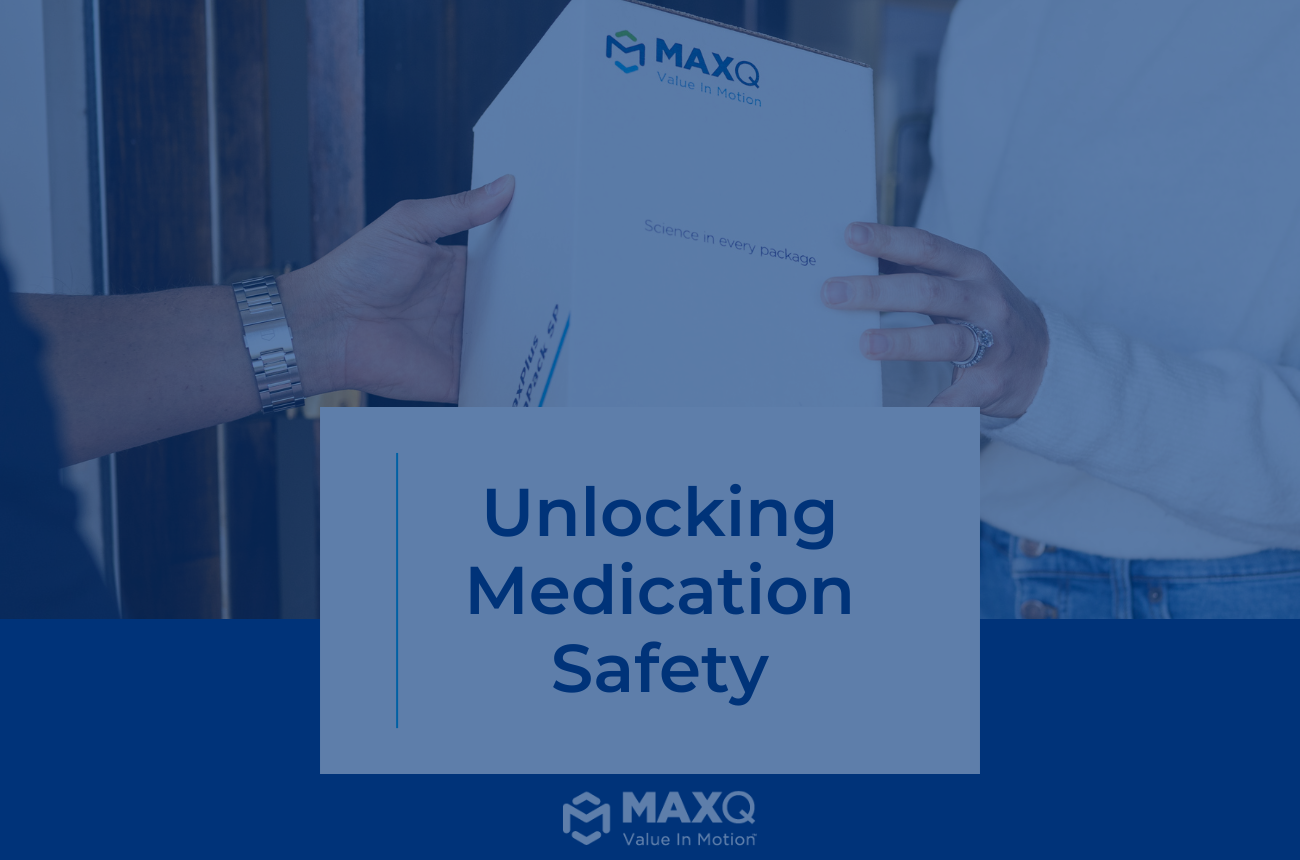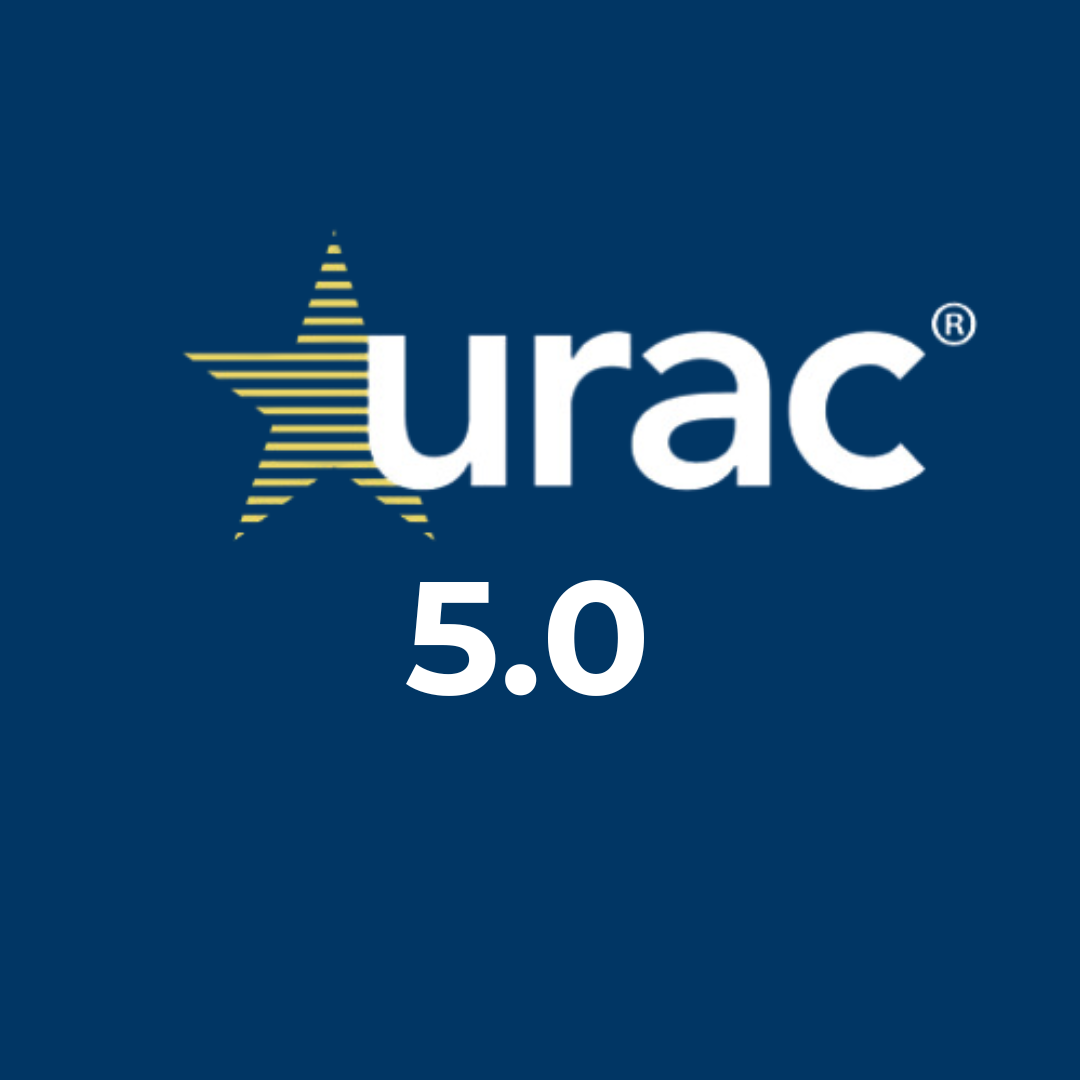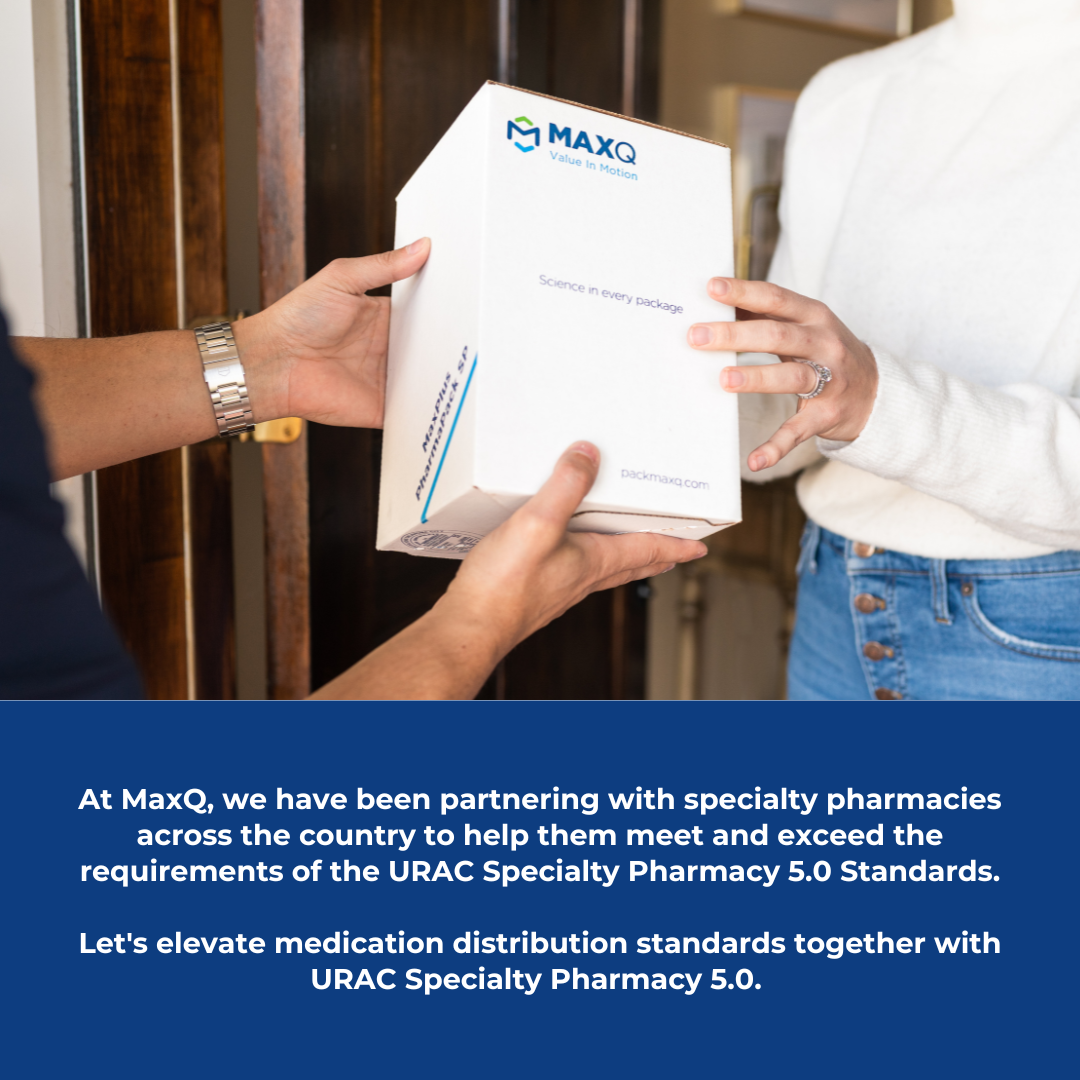

%20(600%20%C3%97%20150%20px).png)
An estimated 75% of the 7,000 prescription drugs in development fall under the category of specialty medications, while 60% of the anticipated 600 drugs set to gain FDA approval in 2022 are also specialty drugs. Projections suggest a staggering $310 billion will be spent on specialty drugs by 2030. However, challenges abound, with the US biopharma industry facing a $35 billion annual loss due to temperature excursions during logistics. With the introduction of the URAC Specialty Pharmacy 4.0 Standards, pharmacies were required to assess their medication distribution processes unlike ever before. Prior to this change, many specialty pharmacies opted to purchase the cheapest packaging materials they could find in the market with the expectation that these solutions would keep their lifesaving and expensive medications stable and secure in transit.

With a focus on patient safety, URAC introduced strict requirements under Pharmacy Operations (P-OPS) 8 that prompted pharmacies to establish robust procedures around the packaging and shipping process, conduct initial and ongoing package testing for all modes of transit, and establish a formalized review of shipping complaints. Unfortunately, many pharmacies across the country encountered concerning packaging performance issues with their refrigerated, room temperature, and frozen medications. With significant and prolonged temperature variations outside of acceptable ranges, pharmacies were forced to confront the fact that the critical medications that their patients rely on may not have been as safe as they originally thought.
Earlier this year, URAC introduced their Specialty Pharmacy 5.0 Standards. These enhanced requirements continue to put the focus on medication stability under the Medication Distribution Focus Area. For pharmacies, it is clear that this important issue requires both a higher level of packaging performance and a packaging solutions partner that has the expertise needed to help guide you through building a comprehensive distribution process that focuses on performance and patient safety.


Whether your pharmacy has URAC Accreditation, or if you are starting to pursue it for the first time, we offer high-performance MaxPlus PharmaPack SP products and the essential experience needed to help you design a distribution process that ensures the stability of critical and high-cost medications for the health and safety of your patients. Our solutions are qualified under the strictest standards for 36-48 hours, are compact and lightweight to help reduce your shipping costs by up to 50%, are environmentally friendly, and ship and store flat to enhance your storage capabilities.
Michael Becker has over ten years of experience in independent and health system specialty pharmacy buildouts with extensive expertise in the areas of quality and process improvement, specialty pharmacy accreditation, payor and manufacturer contracting, and pharmacy operations leadership. He resides in Syracuse, New York and is proud to be an ACHC Certified Consultant.
© 2025 Built By BlueSwype Technologies. All Rights Reserved.